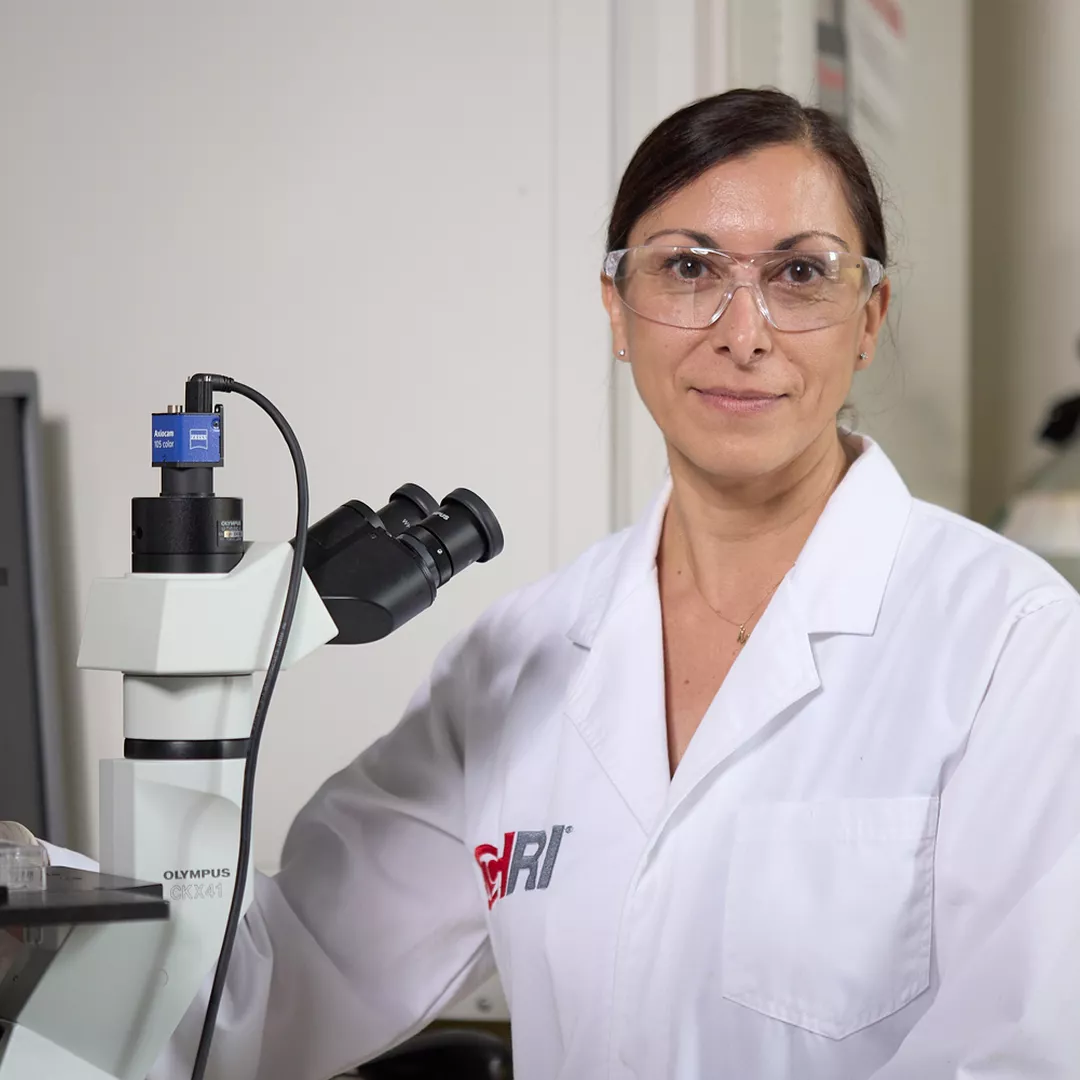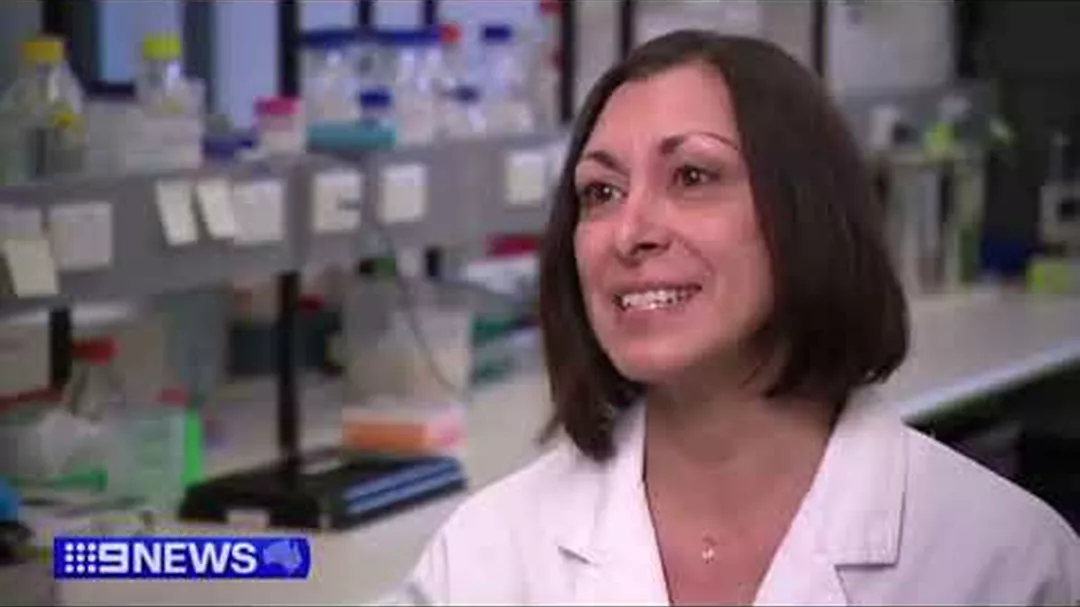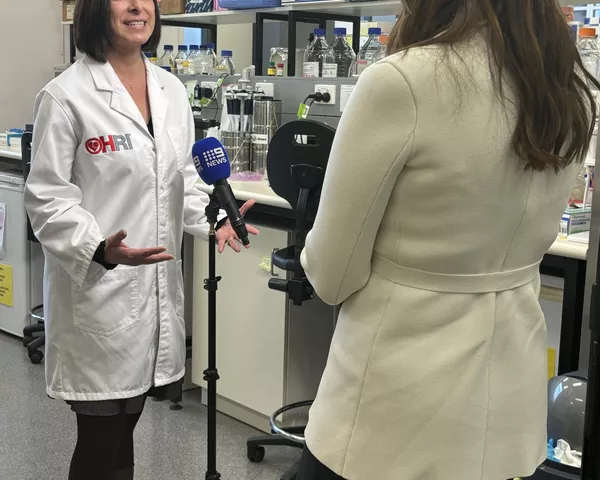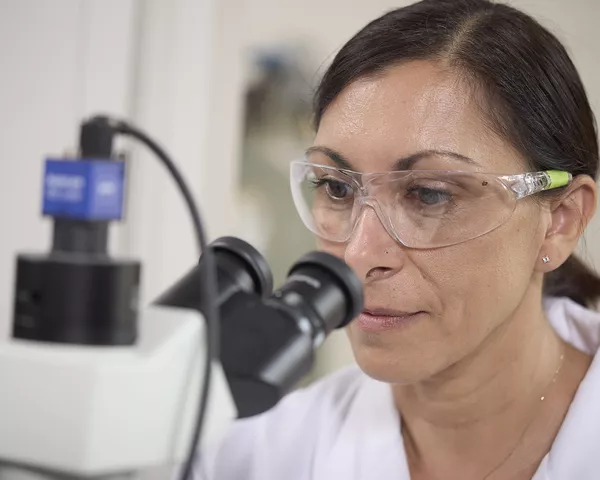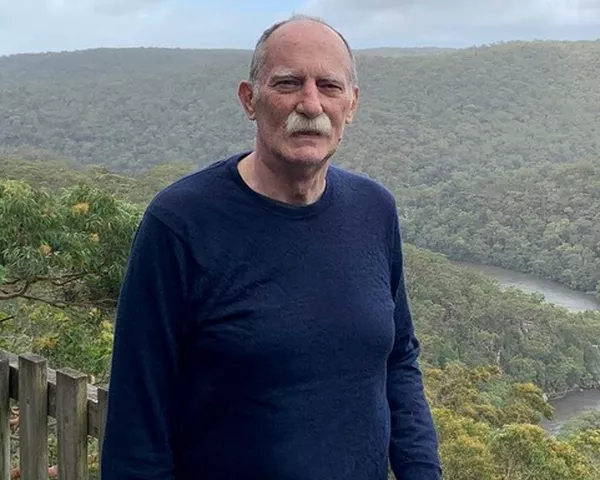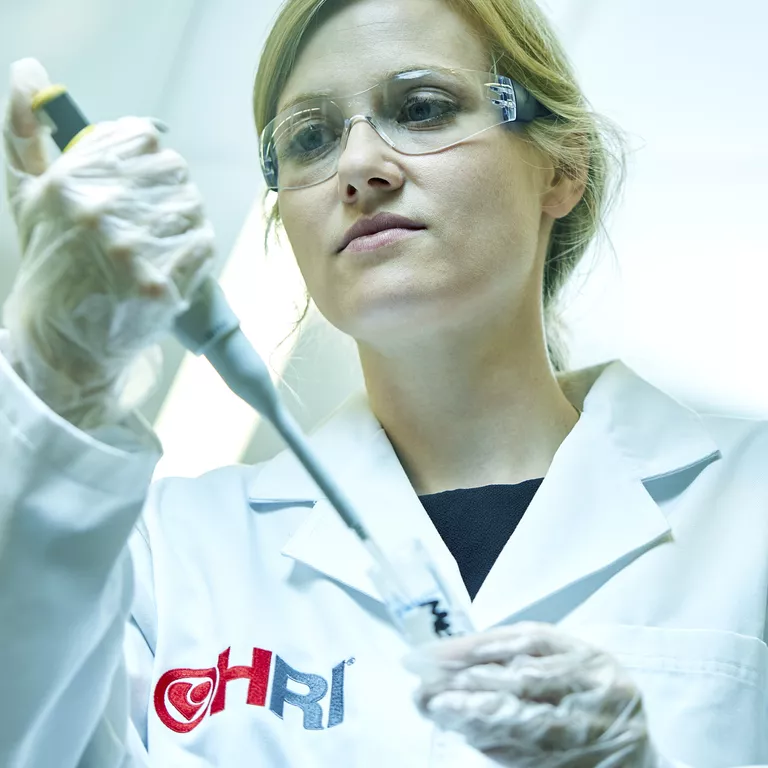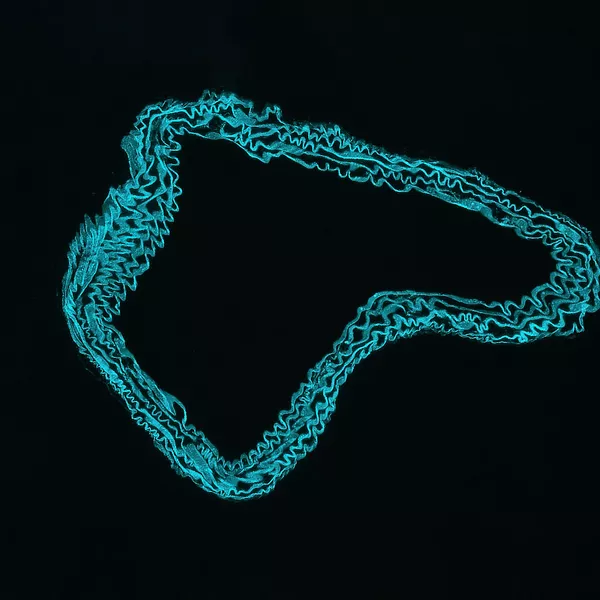
The Heart Research Institute (HRI) has launched the Centre for Peripheral Artery Disease (PAD), headquartered in the HRI facilities in Newtown, Sydney.
The first of its kind in Australia, the Centre for PAD will pave the way for world-leading research to enhance diagnosis, transform patient care, and raise awareness about PAD, the debilitating cardiovascular condition that claims five lives every day in Australia.
PAD, often regarded as the “poor cousin” of heart attack or the “Cinderella” of heart disease and stroke, affects one in five Australians over the age of 75. Half of PAD patients aren’t aware of any symptoms until the disease is in its advanced stages, often leading to limb amputation, and a significantly increased risk of death from heart attack and stroke.
The Centre for PAD at HRI brings together medical researchers and clinical experts from HRI and other leading institutes, as well as patients with lived experience.
Centre Lead Assoc Prof Mary Kavurma said the team will work to fill gaps in knowledge about PAD, which will lead to better patient outcomes. She spoke to Channel 9 News about the Centre and the importance of raising awareness about PAD.
“We’re supercharging research into PAD, because there are things that we still don’t understand, in terms of the biology of the disease, that could crack the code to detect it sooner and manage it better,” Assoc Prof Kavurma said.
“We know PAD affects more women than men and we know it is more prevalent in First Nations Australians, but we don’t know why,” she added.
“By engaging in world-leading research into this debilitating condition, we are aiming to develop a simple blood test to diagnose PAD and look at new and novel therapies that will reduce the likelihood of limb amputation, and improve patient quality of life. Current treatments only look at managing symptoms, not actually preventing disease.”
The Centre for PAD, led by Assoc Prof Mary Kavurma (left) is offering hope for people like Simon Josephson (right)
Advertising guru Simon Josephson, the man behind the iconic Solo logo, is one of those affected by PAD, which almost cost him his life after taking five years to diagnose.
After waking one morning with a sore leg, the Sydney man thought he’d overdone it exercising. However, the 73-year-old who was otherwise healthy and active, unknowingly had PAD, caused by a buildup of plaque in his arteries.
It wasn’t until a trip to the hospital emergency department years later that doctors would discover his aorta had expanded to more than twice the usual size and was at risk of rupturing. He immediately underwent open heart surgery and has faced a long recovery.
The Centre for PAD is breaking down the barriers that usually prevent patients, researchers and clinicians from working together. At its inaugural consumer meeting, almost 20 patients, including Simon, and carers came together to share their experience.
“Some PAD patients at the meeting admitted they weren’t actually aware the disease was a type of cardiovascular disease, which demonstrates the need for improved guidelines and education,” Assoc Prof Kavurma said.
“We need to really consider what the definition of this disease is, and we need more research into it so we can understand what’s going on.”
Other Media
Over 60 - Mysterious leg pain that’s quietly killing older Australians, 27 July 2024
Related research areas

